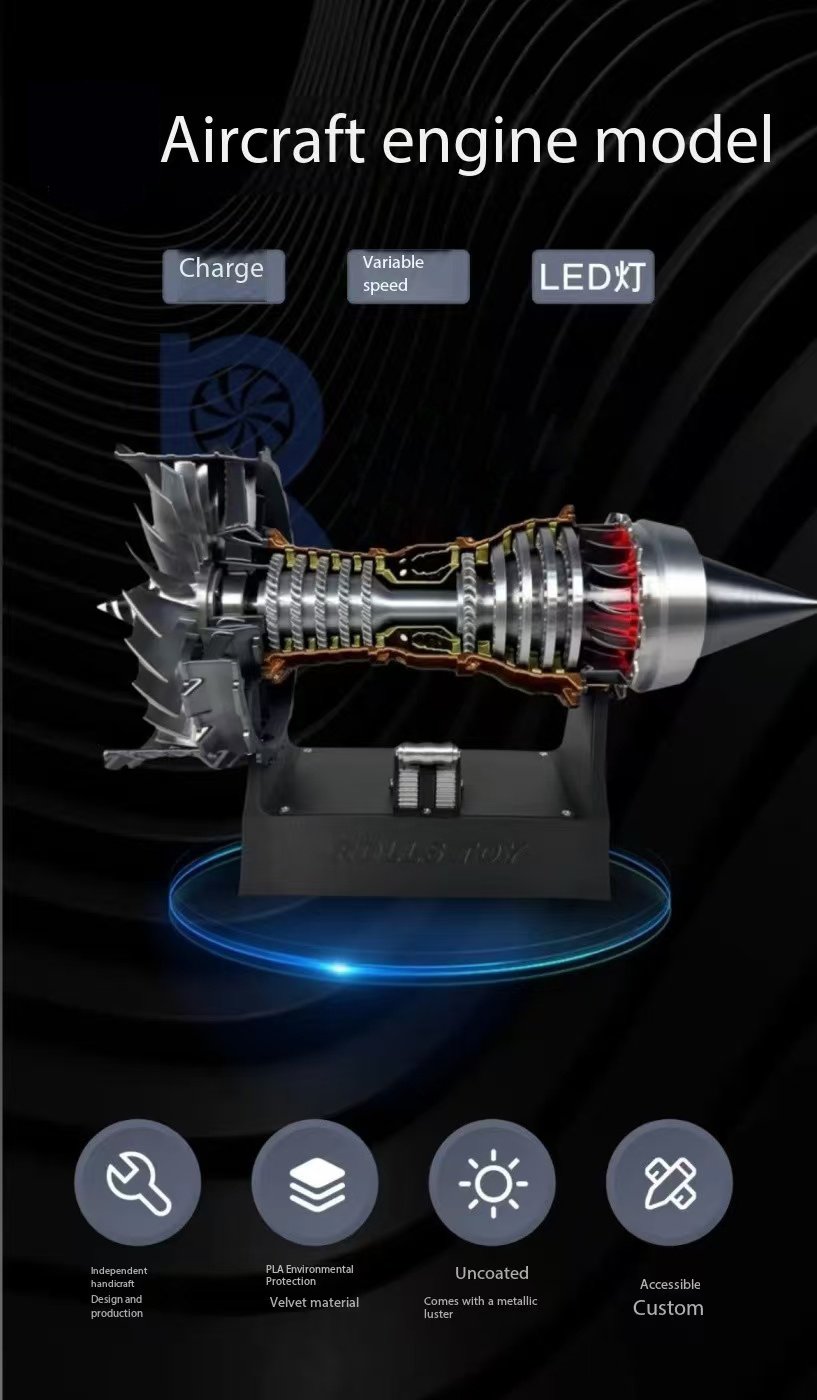
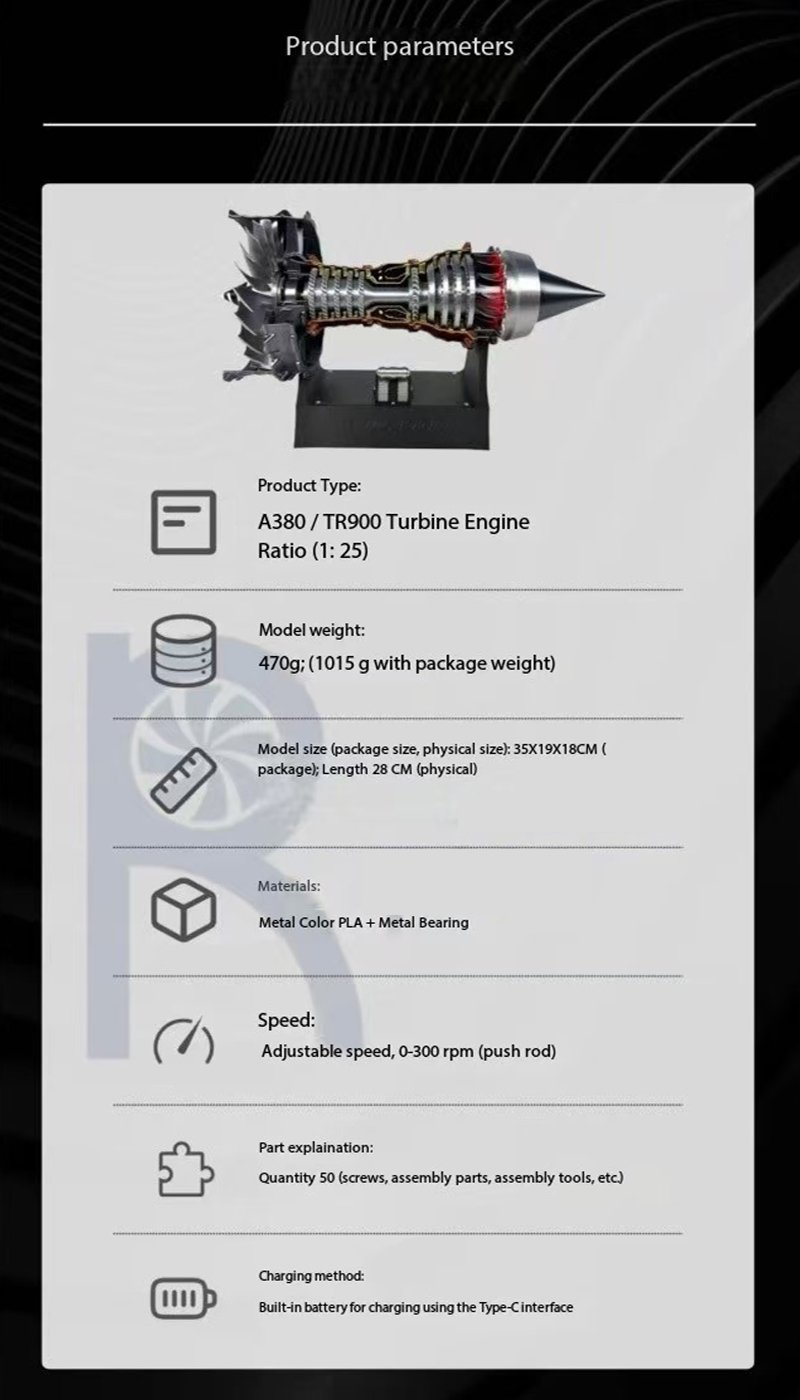



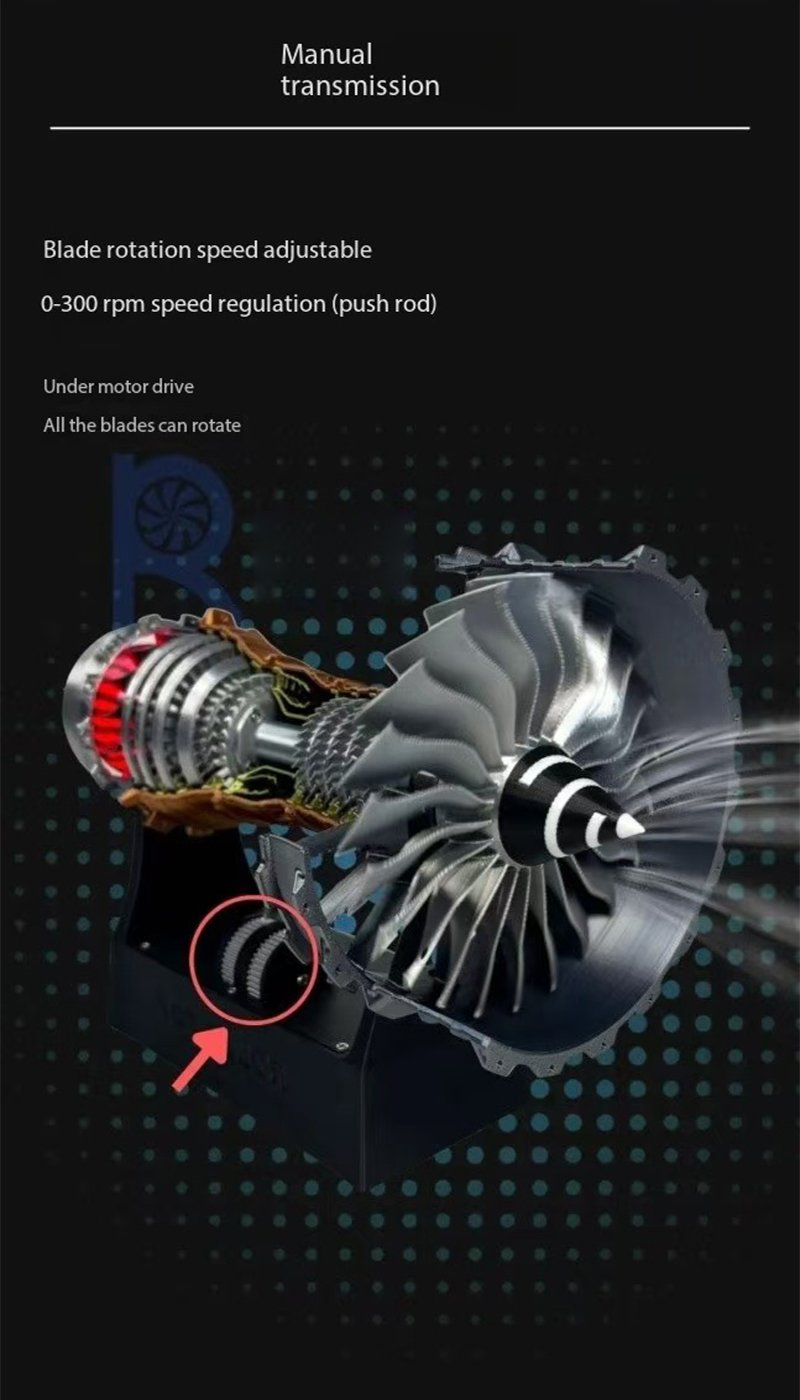



The Evolution of the Trent 900 Engine: Design and Features
The Trent 900 turbofan engine, designed by Rolls-Royce, exemplifies a remarkable evolution in aerospace engineering. This engine was specifically developed to power the Airbus A380, the world’s largest passenger airliner. Launched in the early 2000s, the Trent 900 introduced several unique features that distinguish it from its contemporaries. One of the defining characteristics of the Trent 900 is its modular design, which enhances maintenance efficiency and reduces operational downtime. This design allows for easier access to individual components, facilitating quicker repairs and part replacements. The modularity also simplifies the assembly process, contributing to the overall manufacturing efficiency.
The Trent 900 engine operates with a thrust range of approximately 70,000 to 80,000 pounds, making it one of the most powerful engines available for wide-body aircraft. A significant aspect of its design is the use of advanced materials, such as titanium and nickel-based alloys, which ensure high performance and durability. These materials are engineered to withstand extreme temperatures and pressures, promoting reliability and longevity in diverse operational conditions.
Efficiency is a cornerstone of the Trent 900’s design philosophy. The engine features cutting-edge technologies, including a high bypass ratio and innovative aerodynamics, which collectively contribute to reduced fuel consumption and lower emissions. The integration of noise reduction technologies has also been a priority, making the engine compliant with stringent environmental regulations, thus minimizing its impact on surrounding communities during airport operations.
The development of the Trent 900 faced various engineering challenges, particularly regarding balancing performance with environmental responsibility. Through extensive research and development, Rolls-Royce overcame these hurdles, resulting in an engine that is not only powerful but also efficient and sustainable. Overall, the Trent 900 emerges as a significant achievement in modern aviation, reflecting advancements in engineering and a commitment to innovation in design.
The Trent 900 as an Educational Tool: Bridging Innovation and Learning
The Trent 900 design engine represents a significant advancement in aeronautical engineering, and when transformed into an educational tool, it offers a unique opportunity to engage young learners in the world of STEM (science, technology, engineering, and mathematics). By creating a toy model of the Trent 900, educational institutions can foster an atmosphere of hands-on learning, inspiring curiosity and motivation among children in these critical fields.
One of the primary benefits of utilizing models like the Trent 900 in educational settings is the ability to provide students with tangible experiences. The replica model enables learners to explore engineering principles in a playful yet informative manner. Through assembling and interacting with the Trent 900 model, students can grasp fundamental concepts such as aerodynamics, mechanics, and design principles. This kind of engagement encourages them to visualize theoretical knowledge and apply it practically, ultimately reinforcing their understanding of how such technologies operate in the real world.
Moreover, the interactive features of the Trent 900 model toy can be tailored to a variety of curriculums, making it a versatile resource for teachers. Incorporating the model into science and technology lessons allows educators to present complex subjects in an engaging format. Educators can also design workshops or classroom activities centered around the model, guiding students as they navigate challenges that emulate real-life engineering problems. Such experiences cultivate critical thinking and problem-solving skills, essential attributes for aspiring engineers.
In essence, the Trent 900 model toy serves as a bridge between innovative engineering and educational technology, aiming to inspire the next generation of engineers. By integrating such tools into classrooms, teachers can enhance student engagement and instill a lifelong passion for STEM fields, preparing young minds for the challenges of the future.


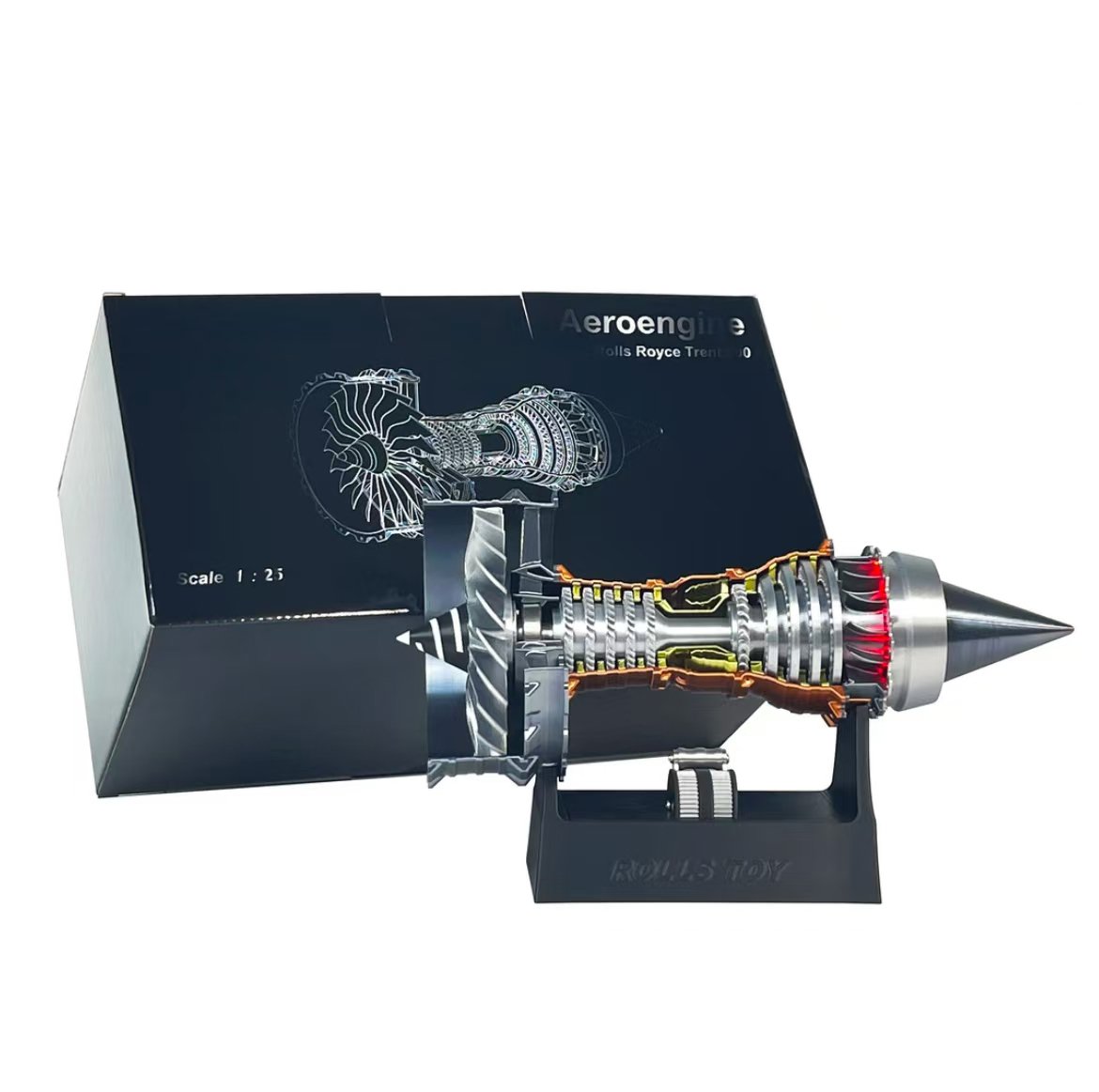
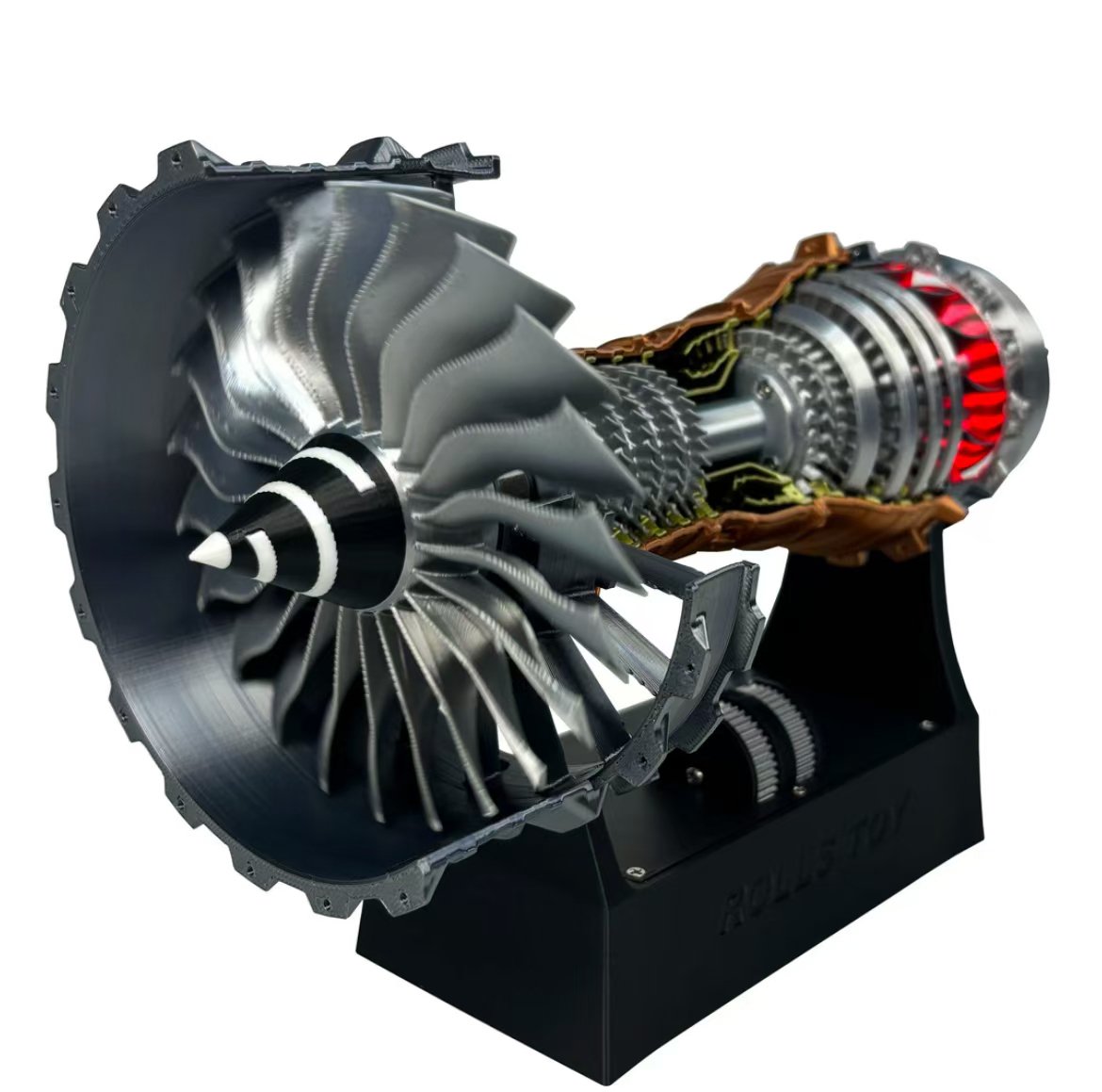
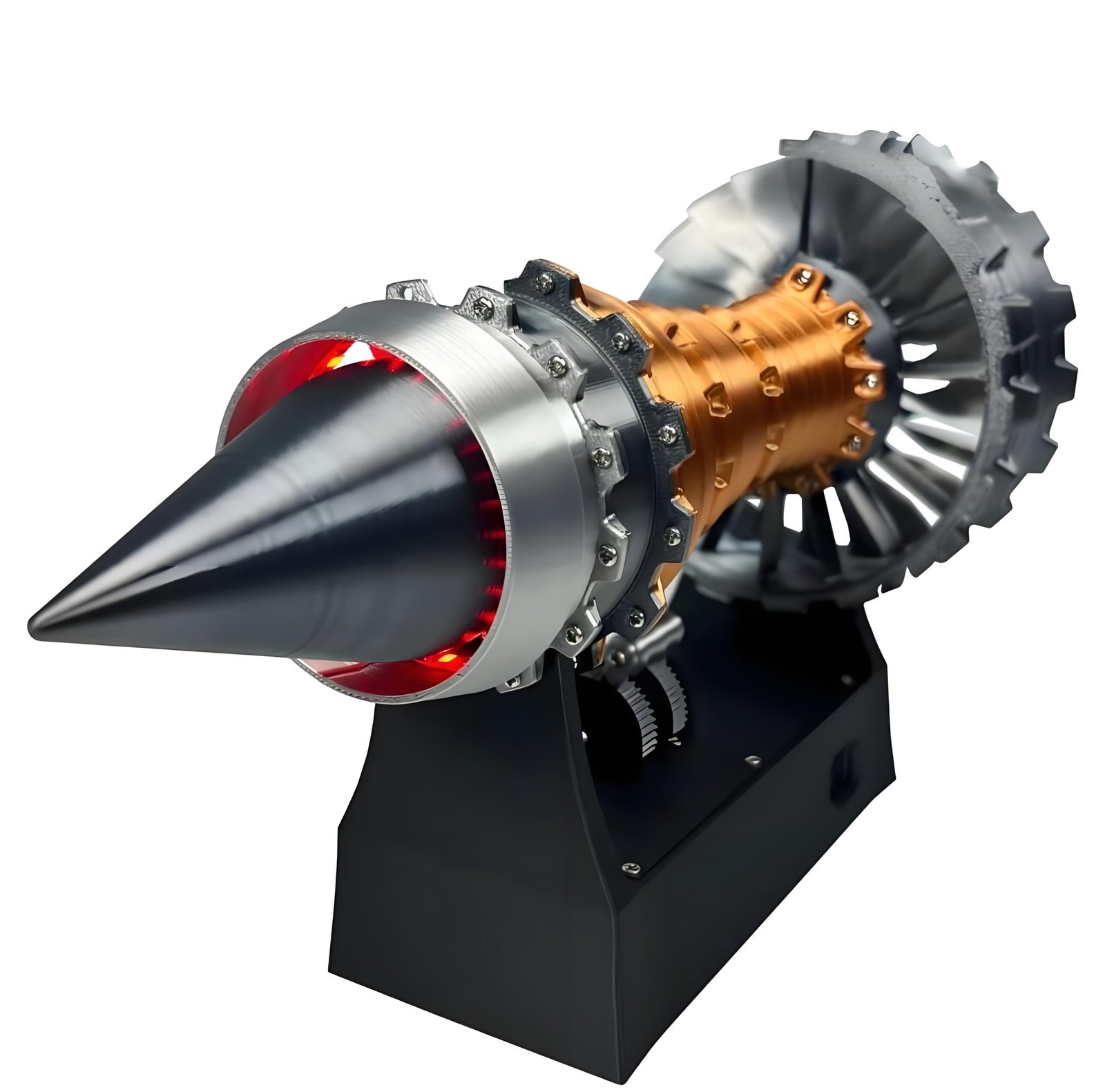
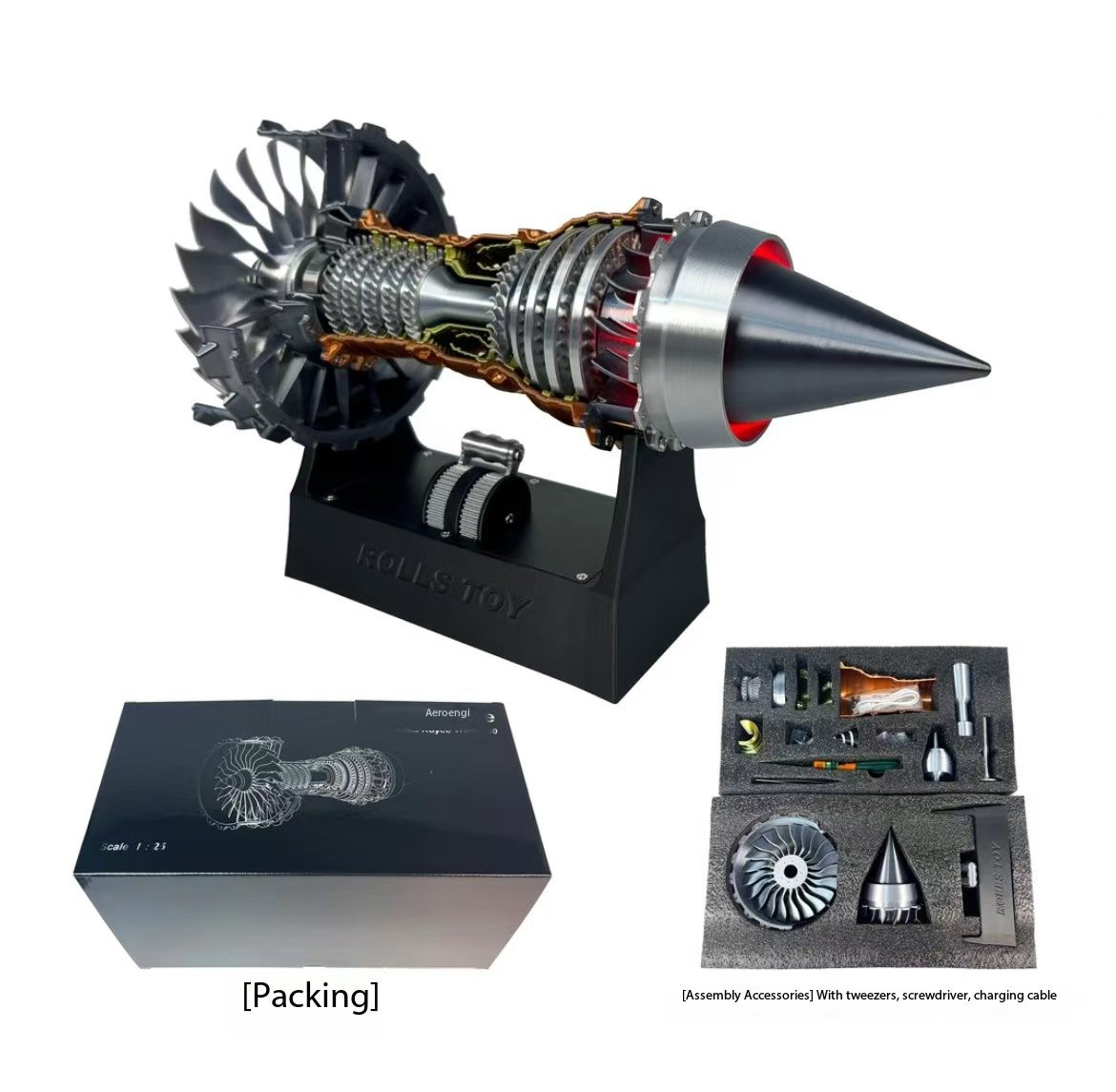
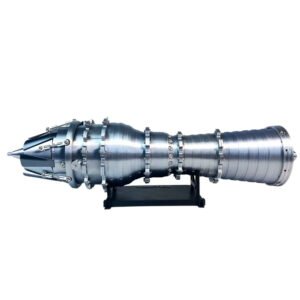
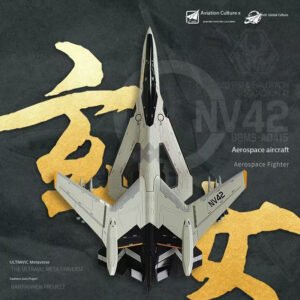

Reviews
There are no reviews yet.